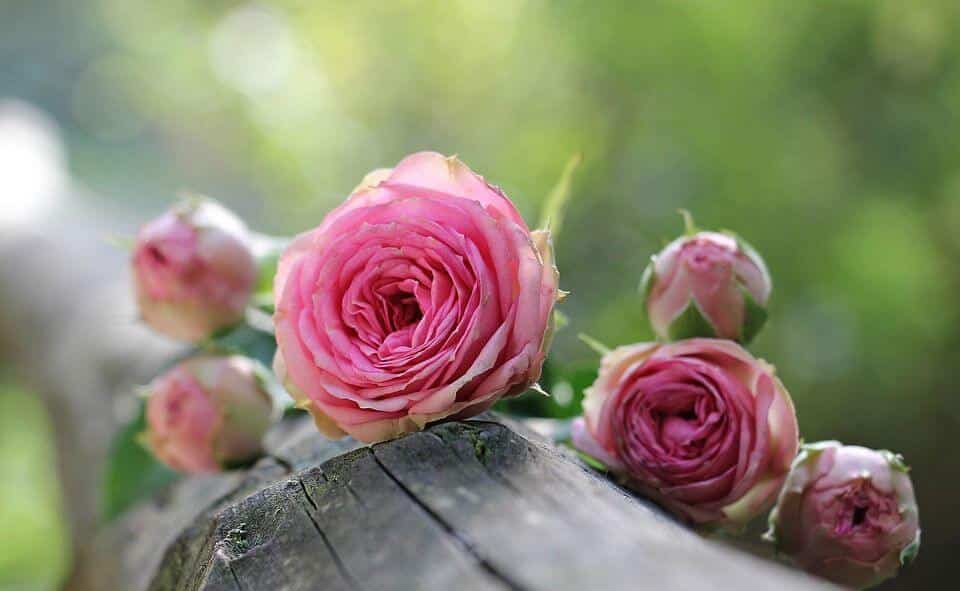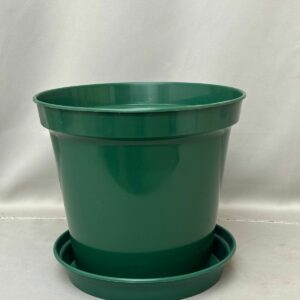How to prune your roses
DIY and how-to

When should you prune your Roses?
The best time to prune roses, to encourage rejuvenation and make sure the roses stay healthy, is from mid-July to mid-August.
Why does one prune roses?
- To encourage rejuvenation.
- To regulate bud production and to increase the size of the flowers.
- To shape the tree so that it allows the sunlight into the centre of the plant.
- To boost the immune system of the tree.
What do you need to prune roses?
- Gloves and a mask
- Secateurs – clean and sharp. Clean these with methylated spirits to prevent the transfer of any disease
- Loppers – established roses might have branches too large for secateurs. Remember they must also be sharp and sterile
How do you prune roses?
There are 4 important letters to remember when pruning – D.S.T.V.:
D stands for: deadwood which must always be removed.
S: Sick wood which must be pruned.
T: Tiny and twiggy branches which must be removed
V: The shape that the plant must resemble. Pruning in a V-shape allows sunlight into the centre of the plant.
You will probably view the acronym DSTV slightly differently from now!
You must also remember to remove any crossing branches. When you start pruning always select the branch where the new bud is facing to the outside of the bush and not inwards, otherwise you will encourage inward growth and crossing branches. Always cut above a node or growth point, to prevent die-back.
Do different rose varieties need different pruning treatment?
- Hybrid Tea Roses – Must be pruned to half the original size.
- Floribunda Roses – You must take a third off as these roses flower more than tea roses.
- Miniature Roses – Must be cut a third off the bush and remove any old woody stems from the centre of the bush.
- Groundcover Roses – The easiest way to prune these roses is to clip them with a hedge shears and remove some of the two year old wood.
- Standard Roses – Cut back all stem and branches to about 50cm from the crown or bud union and remove older wood and twigs.
- Climbing Roses – Remove all the ties and pull open the long branches in favour of new branches and then tie the remaining branches onto a support structure. All side stem must be cut off next to the main stems.
After pruning
Once you have completed your pruning, dig in compost and Bounce Back fertiliser around the bushes. You must seal all pruning wounds with Steriseal. Once completed then you have to spray with Lime Sulphur in order to kill off dormant fungus and pests.
You will need:
- Steri-seal – to seal off the pruned branches to prevent infection entering the plant
- Lime sulphur – to spray on the whole bush to prevent any disease
- A spraying can to spray the roses
- A watering can
- If you prefer not to use a spray (e.g. Lime Sulphur), use KOINOR in a watering can for systemic drenching of the rose to prevent and cure fungal diseases and insect infestations.
What can affect your roses?
The fungal diseases and insects that can attack your rose plant are:
Fungi – Powder Mildew, Black spot, Rust
Insects – Beetles, Aphids.
If you are unsure what is troubling your roses go into your nearest Stodels’ Nursery with a sample and one of the horticulturists will assist you.
Feeding:
- Autumn and Winter fertiliser – Bounce Back – 60g’s or a handful per square metre, please remember to spread it out and don’t put it against the stem as it will burn the plant.
- Summer and Spring – Use Vigarosa or Sudden Impact – a handful per square metre once a month.
- Remember to water after you have fertilised thoroughly to allow fertilizer to sink in and not burn the plants.
If you follow the above steps to pruning roses you will be rewarded with a beautiful display in Spring.
You might also like
Shop online
-
- Sale!
KITTEN MAINE COON 4KG
- Original price was: R880.99.R792.99Current price is: R792.99.
- Add to cart Learn More
-
TRELMIX 200ML
- R109.99
- Add to cart Learn More
-
PLASTIC SAUCER GREEN 7.5CM – 35CM
- R3.99 – R54.99
- Select options This product has multiple variants. The options may be chosen on the product page Learn More




